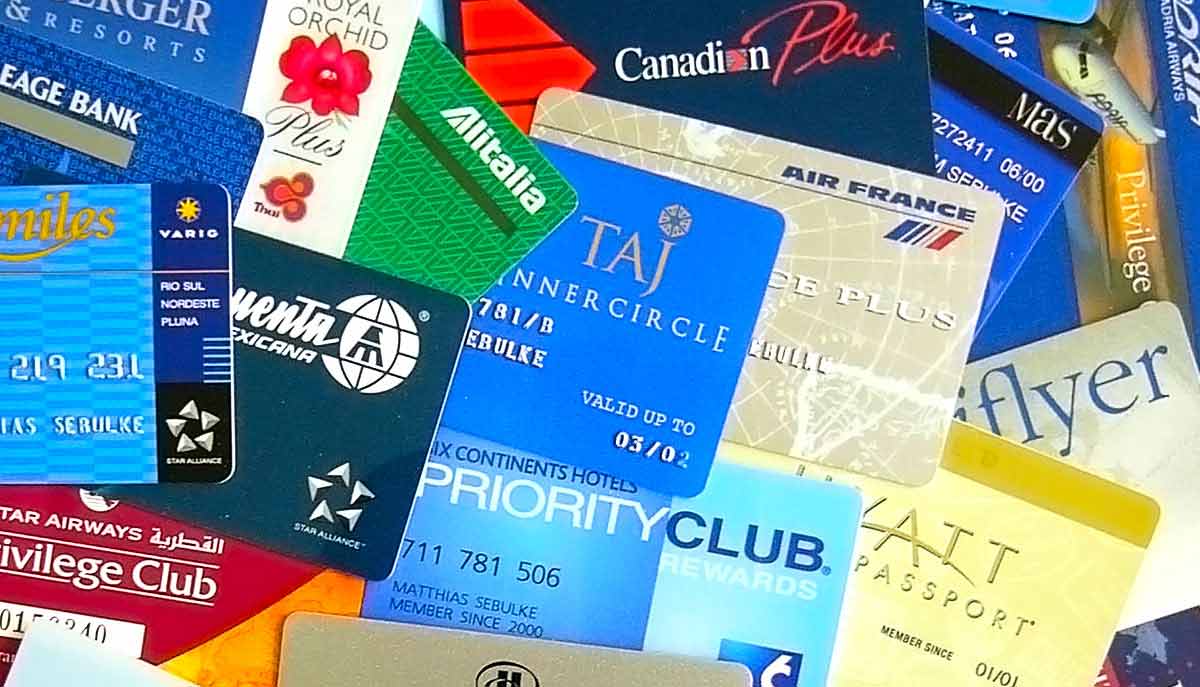
Creating and Optimizing Multi-Channel Loyalty Programs
Retail brands are always looking for ways to increase sales and retain customers. Long before the start of digital commerce, brands offered loyalty programs – from percentage off discounts to free products – as a way to keep customers away from their competition and increase their own sales. But how have loyalty programs changed with the rise of eCommerce and the way brands implement their cross channel strategies? Here are some things to know about multi-channel loyalty programs now and in the future…
The needs and appeal of multi-channel loyalty programs are not geography specific – Certain types of loyalty benefits and rewards appeal to people differently based on the country.
A few examples…
- All countries (but especially Western European countries) prefer product discounts, free products, and cash back offers the most.
- Free shipping is more important to consumers in large countries (both in land mass and population) such as Brazil and the United States.
- Countries like Mexico find their consumers placing a higher priority on exclusive access to new products and promotions.
- The Asia Pacific region prefers access to higher priority customer service as a loyalty benefit.
- At 91% of its internet users, Canada has the highest percentage of its population enrolled in loyalty programs. Germany has one of the lower enrollment rates of larger eCommerce countries with just 72% of its internet users enrolled in at least one loyalty program.
Consumer faith in loyalty programs continues to increase – A recent study by Bond Brand Loyalty indicates U.S. internet users are still finding loyalty programs to be valuable even as the number of programs available continues to grow. 86% of respondents indicated they found loyalty programs as a whole to be worth the effort (up from 80% in 2014) as well as 64% of respondents stating they modify their purchases in order to maximize loyalty program benefits (up from 55%).
Faith in loyalty programs may be high, but participation has decreased – Although consumers in general have increasingly positive sentiments towards loyalty programs, this doesn’t necessarily mean these consumers are active in all of their programs. In early 2015, the average amount of loyalty programs U.S. internet users participated in increased by 20% to thirteen programs but active involvement in these programs actually decreased from eight to seven.
Loyalty program satisfaction varies by industry – As a whole, the level of consumer satisfaction related to loyalty programs can vary greatly by industry. For example, simple programs around dining generally have high satisfaction rates while complex CPG programs have a significantly lower satisfaction rate. The retail industry has one of the higher loyalty program satisfaction rates (52%) of any industry that features loyalty programs in abundance.
Loyalty programs can be very effective on mobile devices – A recent study by the Salesforce Marketing Cloud found 86% of marketers utilizing loyalty campaigns targeted at mobile devices deemed them to be effective, a higher percentage than any other popular mobile marketing strategy (i.e. re-engagement, SMS, etc.). Some of these loyalty programs are closely related to mobile payments for multi-channel retailers and will likely become more common as retailers adopt or improve their capabilities to accept mobile payments in the future.
While mobile is emerging, websites are still critical to loyalty program rewards – Approximately 83% of loyalty programs allow rewards to be redeemed from their website, 20% more than in-store and significantly higher than through mobile applications (just 24%). Most programs currently offer in-store or online reward redemption (but not both) and just 9% of loyalty programs currently allow consumers their choice to redeem rewards online, in-store, and through a mobile app.
In conclusion, loyalty programs are an emerging initiative for retailers to participate in but there are many factors involved in making a program successful, especially as more retailers adopt or improve upon these programs. From geography to industry to technology, creating a loyalty program that will stand out from competitors takes research and preparation but can be worthwhile as consumers remain more receptive to programs for a wider array of reasons than ever before.


